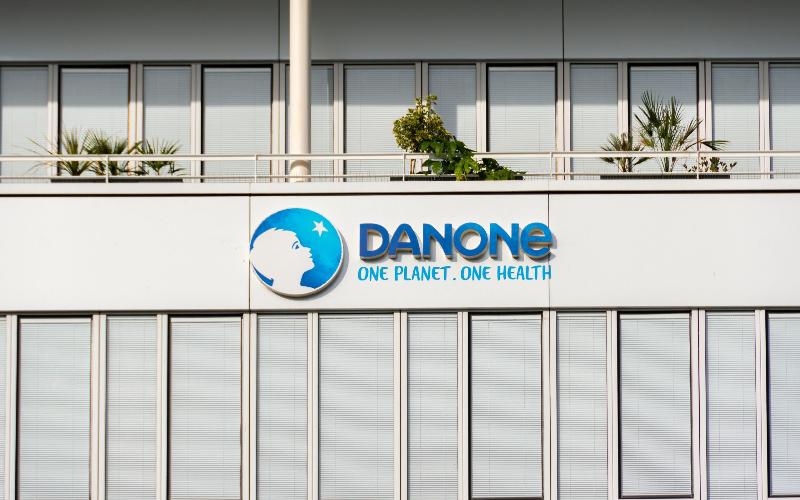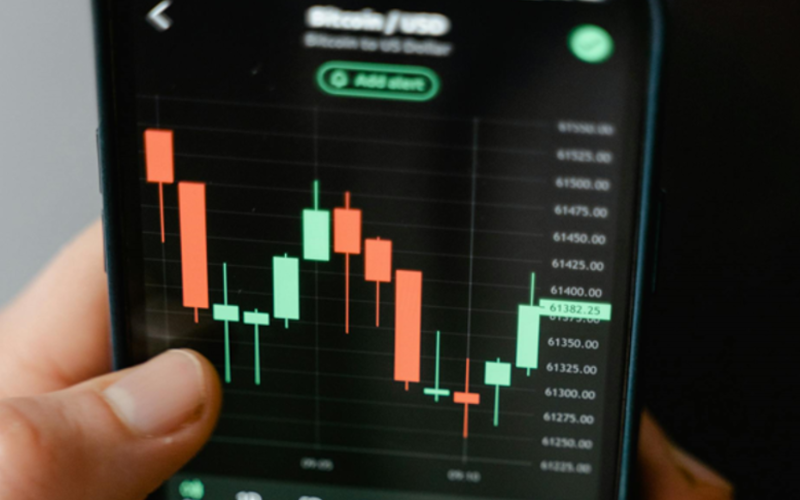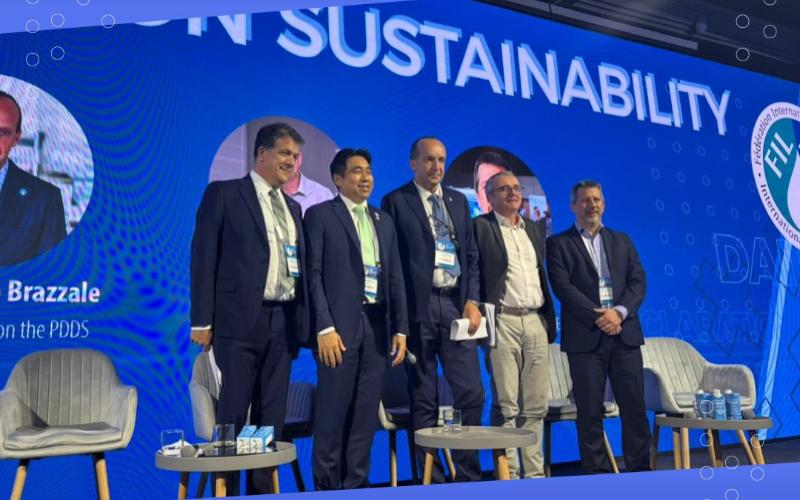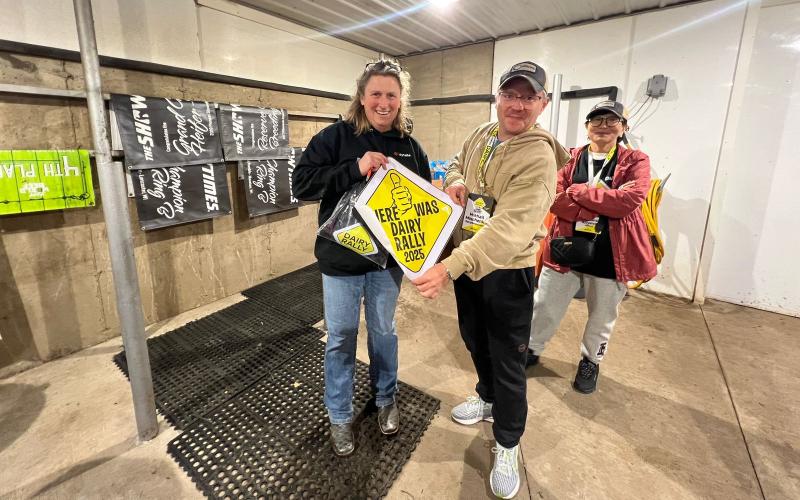Most Australian milk processors have maintained milk prices at levels below last season
Source: The DairyNews
As of July 1, major dairy processors in Australia including Fonterra Australia, Bega Cheese, and Saputo Dairy Australia have maintained their opening milk price at approximately $8 per kilogram of milk solids, unchanged from the start of the season.

This decision comes amidst a backdrop of increased competition from imported dairy products and a strategic move by the Australian Dairy Products Federation to stabilize the industry by setting lower farm gate milk prices.
With the exception of Norco in northern NSW, most major processors have offered prices below those of the last season, effectively reducing farmers' incomes.
The Australian Dairy Products Federation, representing the processors, attributes the price setting to a significant 17% increase in dairy imports during the 2022 and 2023 fiscal years, which has led to the highest consumption of foreign dairy products ever recorded in Australia, nearing 30% of the 344,000 tonnes consumed.
Janine Waller, Chief Executive Officer of the Federation, emphasized the need to ensure the affordability of local dairy products for Australian families. She highlighted that the weighted average farm gate milk price in the southern region, ranging from $7.94 to $8.20 per kg of milk solids, is still up to 14% higher than three years ago and remains competitive internationally, being up to 10% higher than New Zealand’s midpoint price of A$7.43 per kg.
Waller also noted that the announced prices are the minimums for the season, with potential incentives and price reviews dependent on global market conditions. She encouraged farmers to utilize the dairy industry's milk value portal for transparent data on pricing and market trends.
Despite these assurances, the export figures from Dairy Australia indicate a mixed performance, with rising cheese exports but declines in skim and whole milk powders compared to the previous year. Approximately 30% of Australian milk production is destined for export markets, yet the domestic market consumes the majority, including about a third for bottled milk.
Joe Bradley, president of EastAUSmilk, criticized the focus on exports by some processors and the Federation, arguing it drives down farm gate prices unnecessarily. Bernie Free, president of VFF UDV, echoed this sentiment, advising farmers to thoroughly review contracts and consider other processors to ensure they receive the maximum value for their milk. He also cautioned those considering altering their supply curve to carefully evaluate the costs associated with such changes before proceeding.
With the exception of Norco in northern NSW, most major processors have offered prices below those of the last season, effectively reducing farmers' incomes.
The Australian Dairy Products Federation, representing the processors, attributes the price setting to a significant 17% increase in dairy imports during the 2022 and 2023 fiscal years, which has led to the highest consumption of foreign dairy products ever recorded in Australia, nearing 30% of the 344,000 tonnes consumed.
Janine Waller, Chief Executive Officer of the Federation, emphasized the need to ensure the affordability of local dairy products for Australian families. She highlighted that the weighted average farm gate milk price in the southern region, ranging from $7.94 to $8.20 per kg of milk solids, is still up to 14% higher than three years ago and remains competitive internationally, being up to 10% higher than New Zealand’s midpoint price of A$7.43 per kg.
Waller also noted that the announced prices are the minimums for the season, with potential incentives and price reviews dependent on global market conditions. She encouraged farmers to utilize the dairy industry's milk value portal for transparent data on pricing and market trends.
Despite these assurances, the export figures from Dairy Australia indicate a mixed performance, with rising cheese exports but declines in skim and whole milk powders compared to the previous year. Approximately 30% of Australian milk production is destined for export markets, yet the domestic market consumes the majority, including about a third for bottled milk.
Joe Bradley, president of EastAUSmilk, criticized the focus on exports by some processors and the Federation, arguing it drives down farm gate prices unnecessarily. Bernie Free, president of VFF UDV, echoed this sentiment, advising farmers to thoroughly review contracts and consider other processors to ensure they receive the maximum value for their milk. He also cautioned those considering altering their supply curve to carefully evaluate the costs associated with such changes before proceeding.
Key News of the Week














